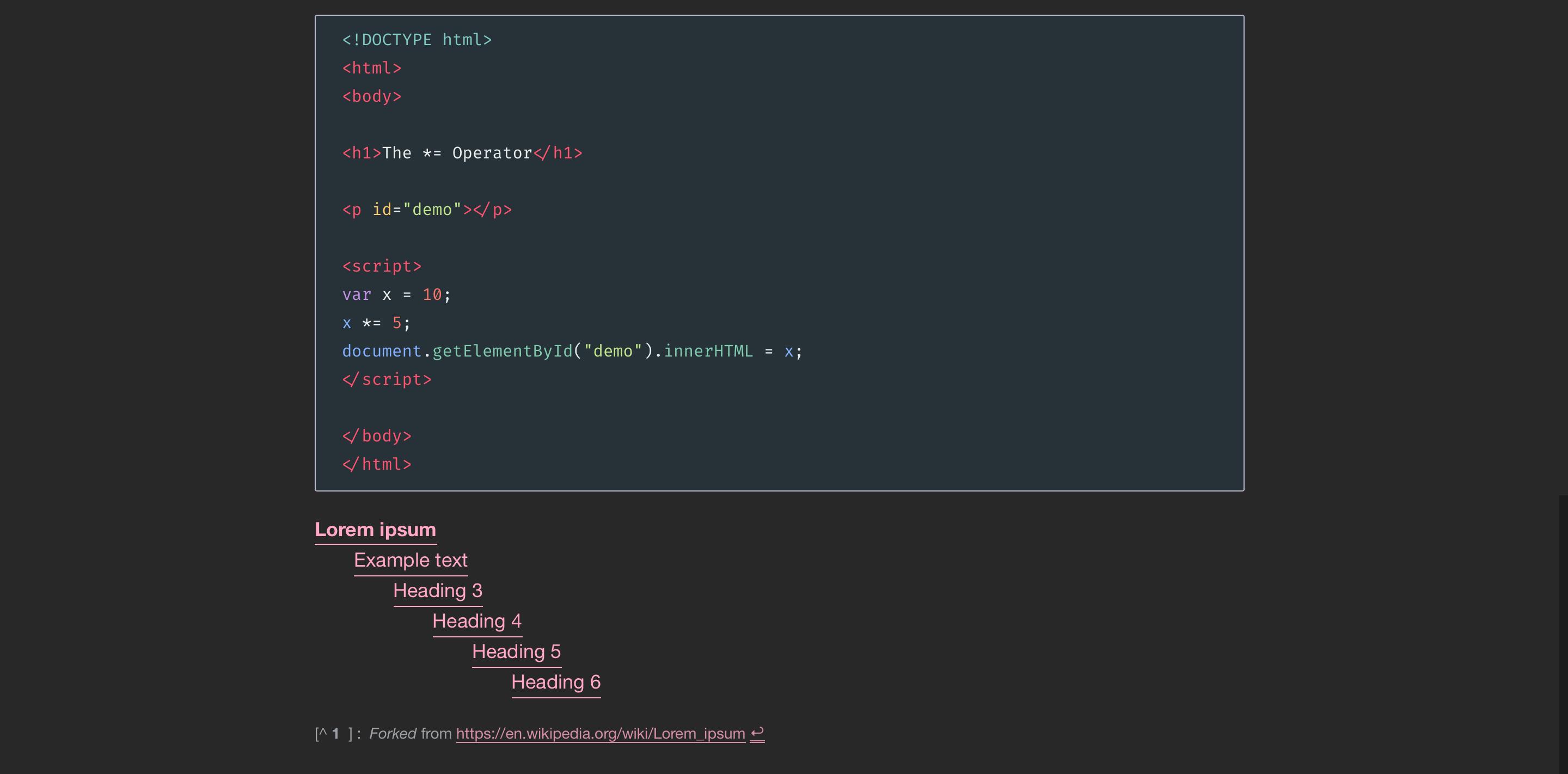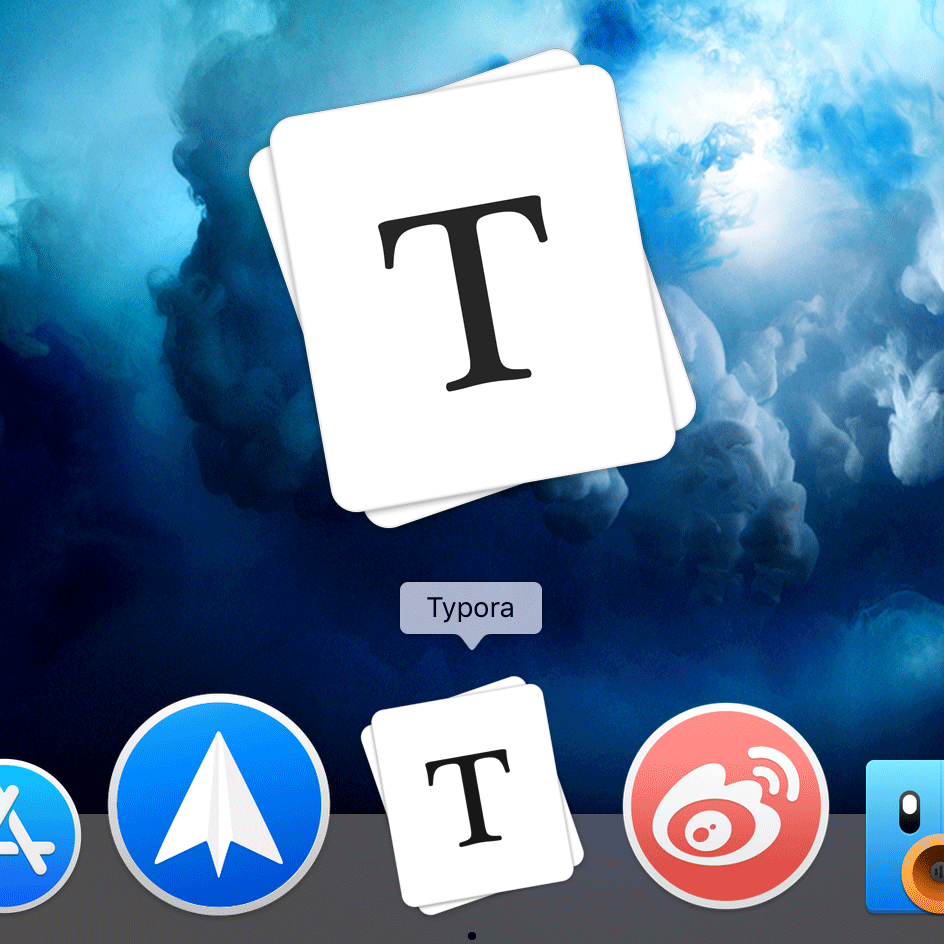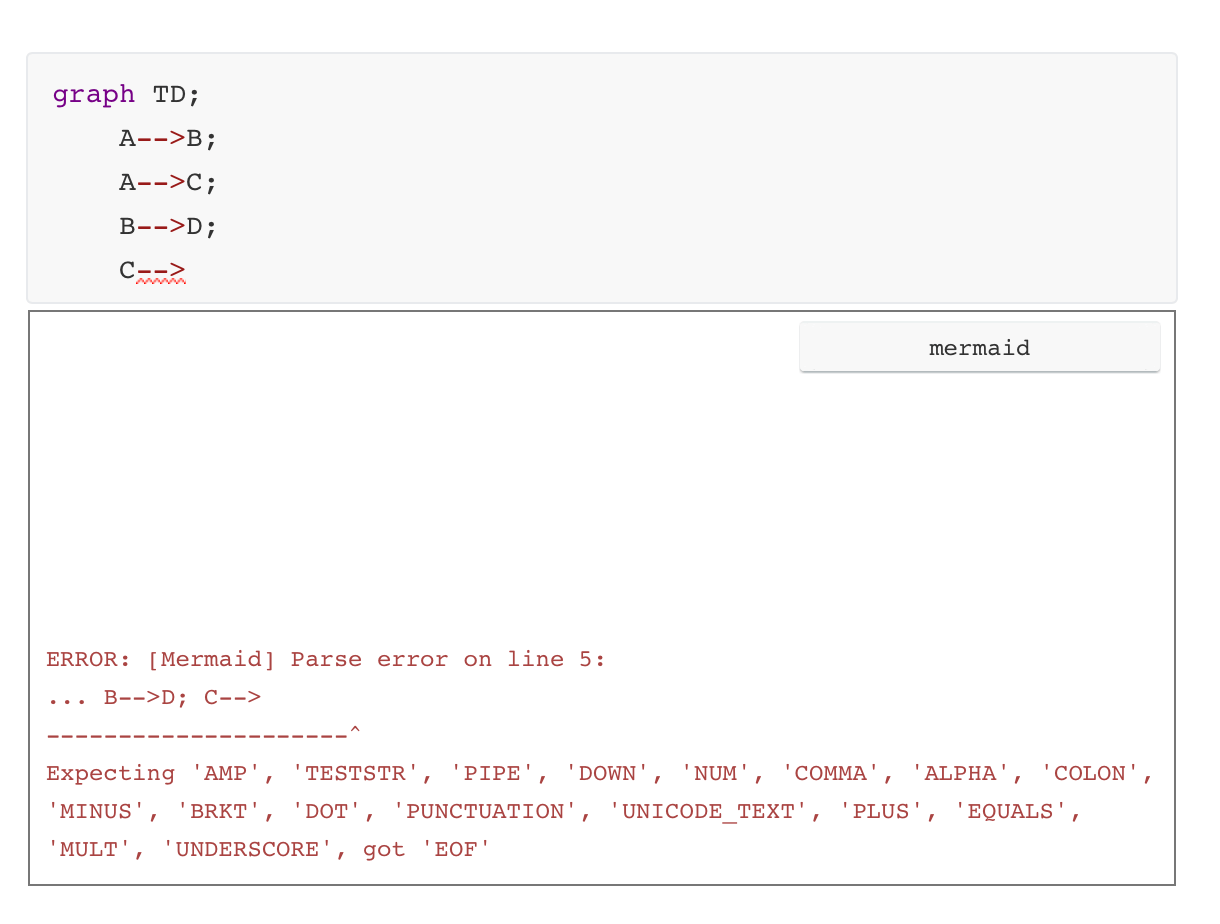
You can also use the context menu to copy and add/delete individual columns/rows. This will create a table with two columns.Īfter a table is created, placing the focus on that table will open up a toolbar for the table where you can resize, align, or delete the table.
#Typora subscript code#
Typora supports this with a graphical interface, or writing the source code directly.Įnter `| First Header | Second Header |` and press the `return` key. Standard Markdown has been extended in several ways to add table support., including by GFM. In the markdown source file, the math block is a *LaTeX* expression wrapped by a pair of ‘$$’ marks: This will trigger an input field which accepts *Tex/LaTex* source.


To add a mathematical expression, enter `$$` and press the ‘Return’ key. You can render *LaTeX* mathematical expressions using **MathJax**. Add an optional language identifier after and Typora runs it through syntax highlighting: 1Ĭonsole.log(“notice the blank line before this function?”) Using fences is easy: type and press `return`. Typora only supports fences in GitHub Flavored Markdown, not the original code block style.

You can change the complete/incomplete state by clicking on the checkbox before the item. Task lists are lists with items marked as either or (incomplete or complete). (The * symbol can be replace with + or -.) Typing * list item 1 will create an unordered list. Nested block quotes (a block quote inside another block quote) by adding additional levels of ‘>’. Typora will insert a proper ‘>’ or line break for you. In Typora, typing ‘>’ followed by your quote contents will generate a quote block. There is three empty line to seperate two blockquote. > This is another blockquote with one paragraph. Vestibulum enim wisi, viverra nec, fringilla in, laoreet vitae, risus. > This is a blockquote with two paragraphs. Markdown uses email-style > characters for block quoting. In Typora, input ‘#’s followed by title content, and press Return key will create a header. Headers use 1-6 hash ( #) characters at the start of the line, corresponding to header levels 1-6. Most other markdown parsers will ignore single line breaks, so in order to make other markdown parsers recognize your line break, you can leave two spaces at the end of the line, or insert. Press Shift + Return to create a single line break. In Typora, you only need one blank line (press Return once) to create a new paragraph. In markdown source code, paragraphs are separated by two or more blank lines. Typora uses GitHub Flavored Markdown.Ī paragraph is simply one or more consecutive lines of text. Its syntax, however, varies between different parsers or editors. Markdown is created by Daring Fireball the original guideline is here. Some websites provide iframe-based embed code which you can also paste into Typora. For example, use this text is red to add text with red color. You can use HTML to style content what pure Markdown does not support. To use this feature, please enable it first in the Preference Panel -> Markdown Tab.

For example: H~2~O, X~long\ text~/ Superscript To trigger inline preview for inline math: input “$”, then press the ESC key, then input a TeX command. \[\mathbf \exp(-x) = 0$ will be rendered as LaTeX command. This will trigger an input field which accepts Tex/LaTex source. To add a mathematical expression, input $$ and press the ‘Return’ key. You can render LaTeX mathematical expressions using MathJax. Add an optional language identifier after ``` and we’ll run it through syntax highlighting: Here's an example:Ĭonsole.log("notice the blank line before this function?") Using fences is easy: Input ``` and press return. Original code blocks in markdown are not supported. Typora only supports fences in GitHub Flavored Markdown.


 0 kommentar(er)
0 kommentar(er)
